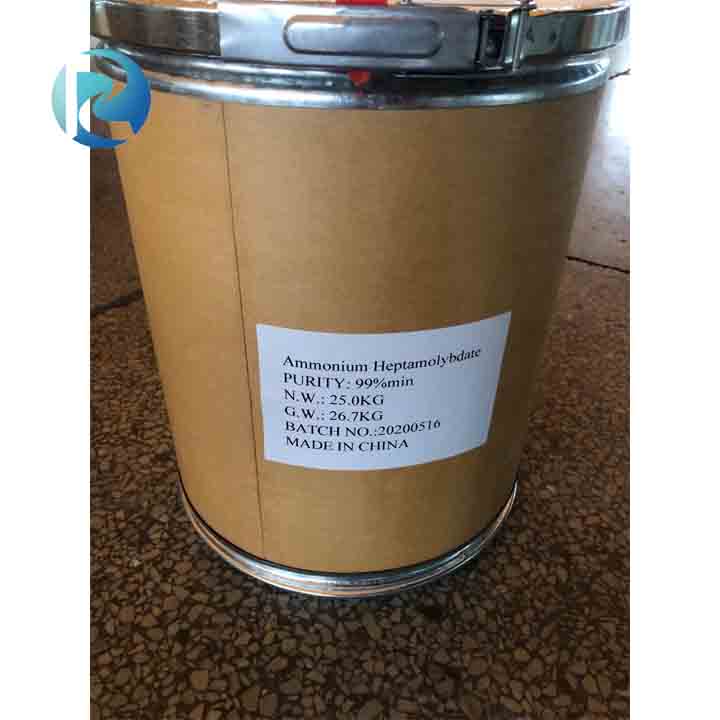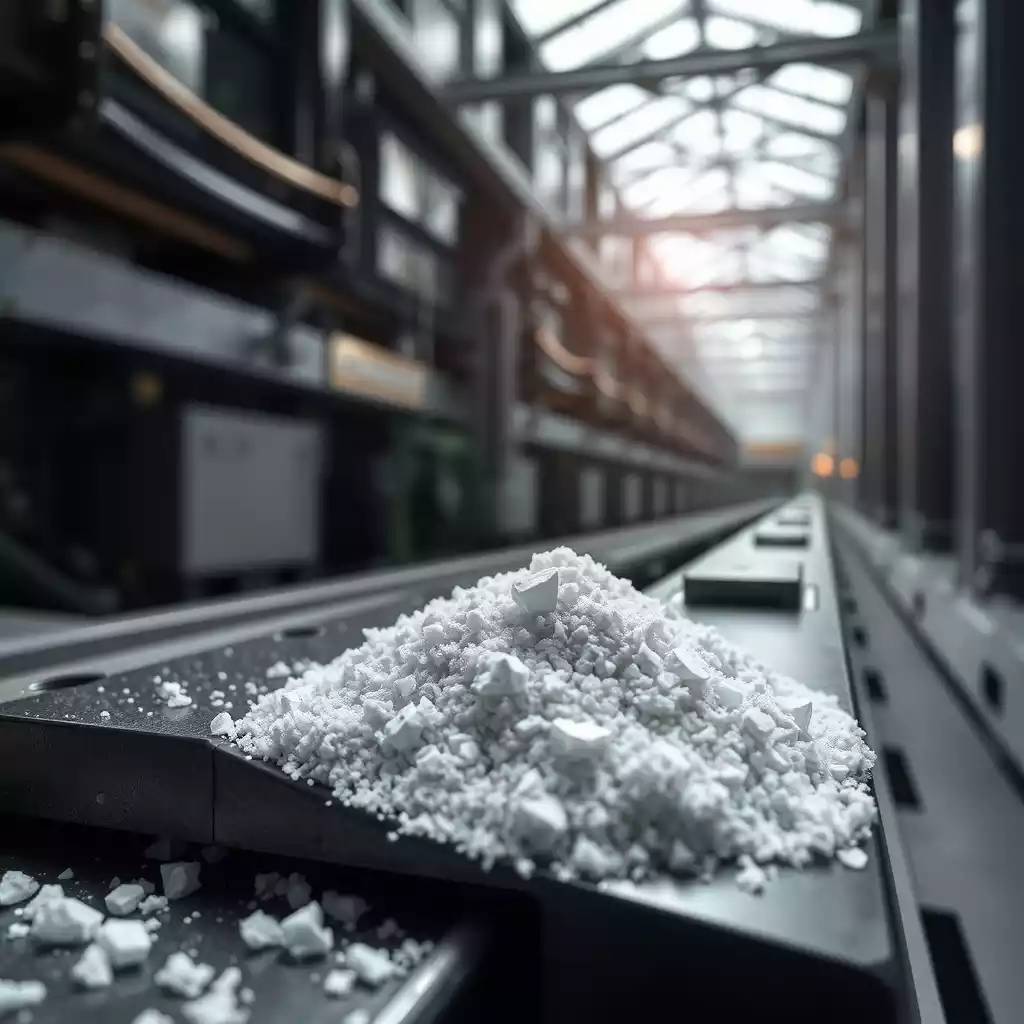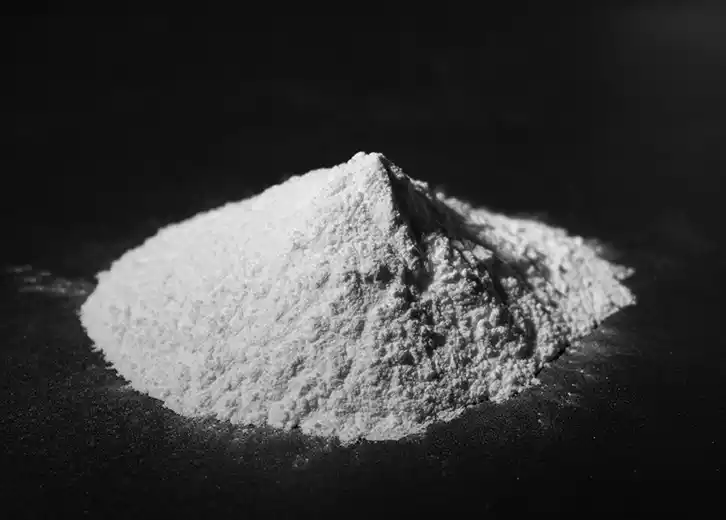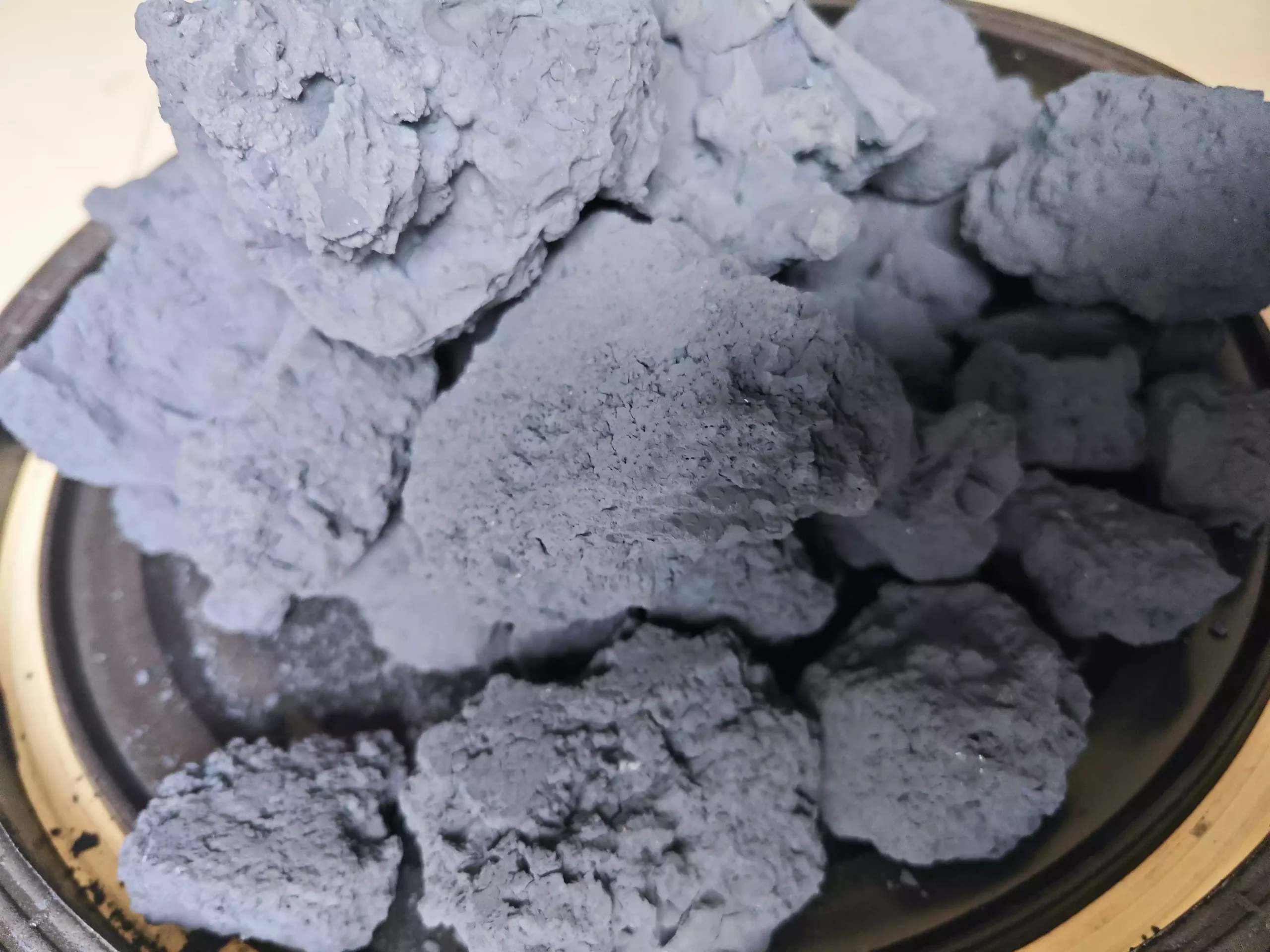![]()
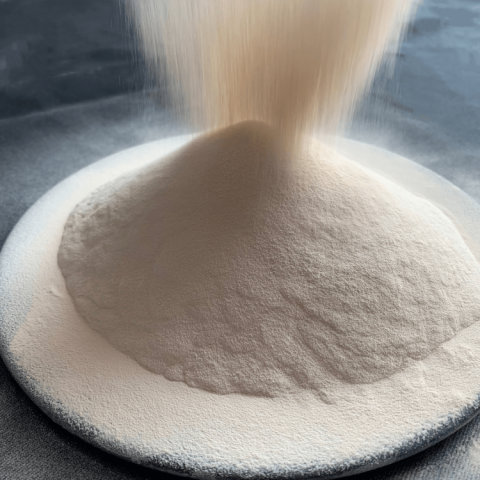
CAS 598-62-9 for Manganese Carbonate
Manganese carbonate (CAS number 598-62-9) plays an important duty throughout many sectors today. This functional substance, with its one-of-a-kind buildings and broad series of applications, drives innovation in farming, battery manufacturing, porcelains, and chemical handling. We will cover its chemical properties, uses, manufacturing methods, safety factors, and industrial importance.
Table of Contents
1. Chemical Residences of Manganese Carbonate
Manganese carbonate, chemically MnCO₃, is a normally taking place not natural salt. It appears as a white to light pink powder, and it features a hexagonal crystal framework. The compound considers 114.95 g/mol and has a density of roughly 3.12 g/cm TWO. It decomposes at around 350 ° C, launching co2.
This carbonate kind liquifies improperly in water yet responds easily with water down acids. As an example, it dissolves in hydrochloric acid with effervescence because of CO two release. This sensitivity makes it useful in chemical synthesis and industrial procedures.
| Property | Value / Description |
|---|---|
| Chemical Formula | MnCO₃ |
| Molecular Weight | 114.95 g/mol |
| Density | 3.12 g/cm³ |
| Melting Point | ~350°C (decomposition) |
| Solubility | Insoluble in water; soluble in acid |
| Crystal System | Hexagonal (rhodochrosite structure) |
These properties allow manganese carbonate to perform reliably in a variety of needed situations, making it a must-have for manufacturers.
Industrial Uses and Practical Applications
Manganese carbonate finds diverse usages in several fields. Each field leverages its buildings for various benefits, providing solutions to industry-specific difficulties.
1.1 Farming and Fertilizers
Farmers and agronomists utilize manganese carbonate to correct manganese shortages in dirt. Without adequate manganese, crops show poor returns and weak resistance. Including manganese carbonate to fertilizers ensures plants get this trace element effectively.
Its controlled solubility enables a constant release, enhancing soil health and improving agricultural result. This option is widely embraced globally, aiding satisfy increasing food need.
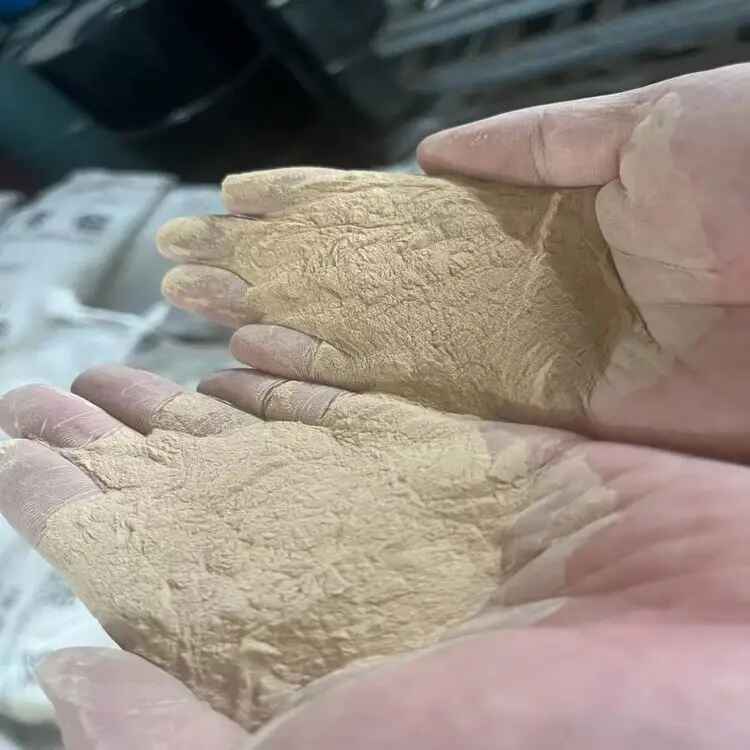
1.2 Battery Industry
Manganese carbonate is an essential resources in battery production. In the clean power shift, demand for trustworthy, environmentally friendly batteries grows rapidly. Manganese carbonate plays a critical function in allowing energy storage technologies that power electric vehicles and sustainable grids.
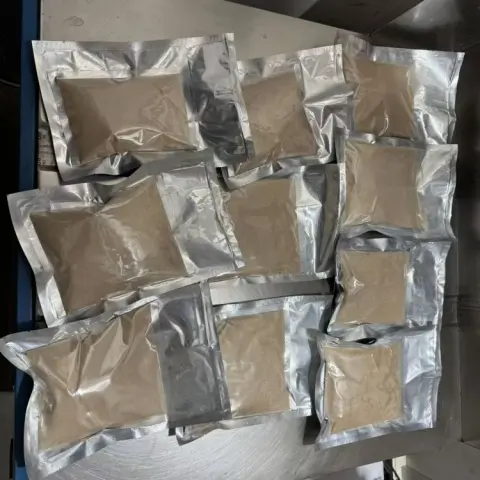
1.3 Ceramics and Pigments
The porcelains industry integrates manganese carbonate right into glazes and pigments. It imparts abundant pink to reddish tones, enhancing looks.
Beyond shade, it boosts polish toughness and resistance to wear. This double function satisfies customer needs for both beauty and performance in ceramic products.
In a similar way, the pigment industry utilizes it as a basic material for producing manganese-based paints and dyes. These items use superb stability and vivid colors, liked in auto and decorative layers.
1.4 Chemical Production
Manganese carbonate functions as a chemical intermediate. It assists manufacture various other manganese substances like manganese oxides and salts.
These derivatives serve as drivers, water treatment representatives, and components in glassmaking. The substance’s high reactivity and regulated decay make it ideal for chemical changes, assisting producers maximize production efficiency and item high quality.
| Application Area | Role / Benefits |
|---|---|
| Agriculture | Soil micronutrient, fertilizer additive |
| Battery Production | Raw material for cathodes and manganese dioxide |
| Ceramics & Pigments | Colorant and glaze enhancer |
| Chemical Industry | Intermediate for manganese compound synthesis |
These differed uses underscore manganese carbonate’s relevance as an industrial workhorse.
2. Preparation and Manufacturing Techniques
Making manganese carbonate on an industrial scale entails numerous reputable approaches. The option relies on expense, pureness requirements, and downstream applications.
2.1 Rainfall Technique
One of the most common method utilizes rainfall. Makers react soluble manganese salts( like manganese sulfate) with carbonate ions, often from sodium carbonate, under controlled pH and temperature. This forms fine manganese carbonate bits that settle out of remedy.
This process supplies control over bit size and pureness, essential for high-grade battery or pigment-grade product.
2.2 Thermal Decomposition
| Method | Description | Advantages |
|---|---|---|
| Precipitation | Reacting manganese salts with carbonate ions | High purity, controlled particle size |
| Thermal Decomposition | Heating to convert carbonate to oxide | Produces oxide intermediates for batteries and catalysts |
3. Safety and Handling Considerations
Manganese substances have to be managed with care. Although manganese is a crucial trace element for human beings, too much direct exposure to manganese dust or fumes can cause wellness concerns, consisting of neurological issues called manganism.
So, employees managing manganese carbonate must use individual protective devices like masks, handwear covers, and eye protection. Proper air flow in manufacturing and storage locations decreases inhalation threats.
4. Reliable Supplier Supplier
Manganese carbonate is essential to ensure product quality, transportation and compliance.
Honrel is a leading global supplier of chemical base materials, providing manganese carbonate that meets strict industry standards: High purity and standard particle size; Affordable price and flexible packaging; Timely delivery and thoughtful customer service; and compliance with international safety and environmental standards.
View Honrel Manganese Carbonate page provides detailed technical data sheets and certifications to help you make an informed investment decision. Partnering with Honrel, you will get a reliable supply chain that supports your production goals while reducing risks.
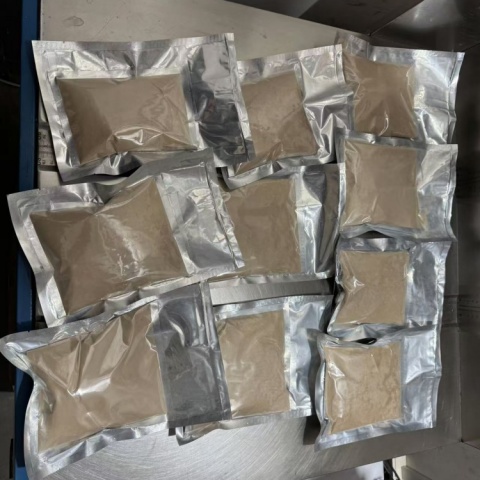
Last words
Manganese carbonate (CAS 598-62-9) is essential in a wide range of industries. Its chemical properties, such as moderate solubility and thermal decomposition, allow it to adapt to different production processes. Whether it is enhancing plant nutrition, powering batteries, shading porcelain, or used as a chemical intermediate, manganese carbonate can meet key business challenges.
Choosing a quality supplier like Honrel ensures that you get reliable and stable materials to improve product performance and productivity. By understanding the functions and potential of manganese carbonate, you can effectively use it to drive business growth.
For more product details and service questions, please visit Honrel’s official website:
To know more about Manganese Carbonate, click here:

